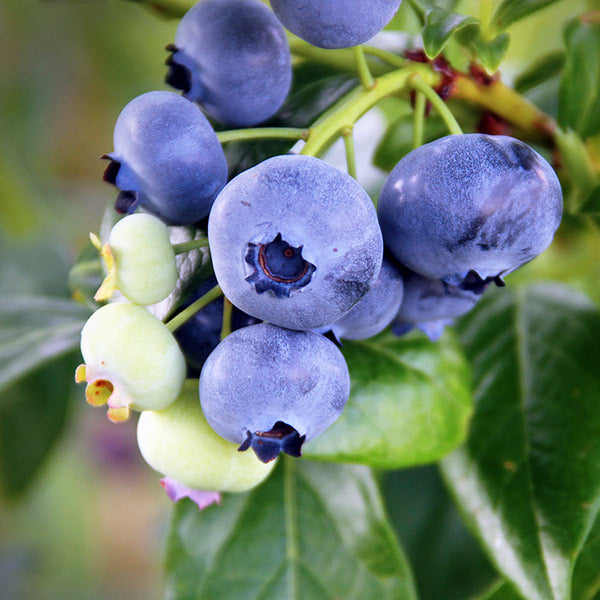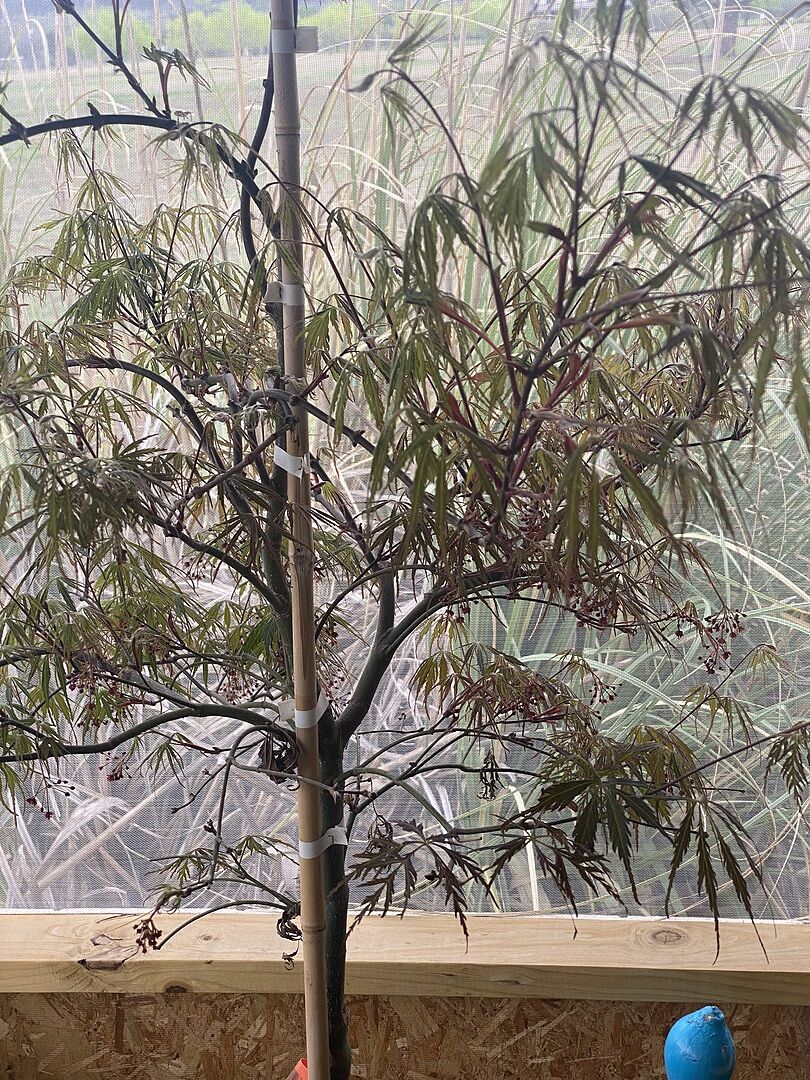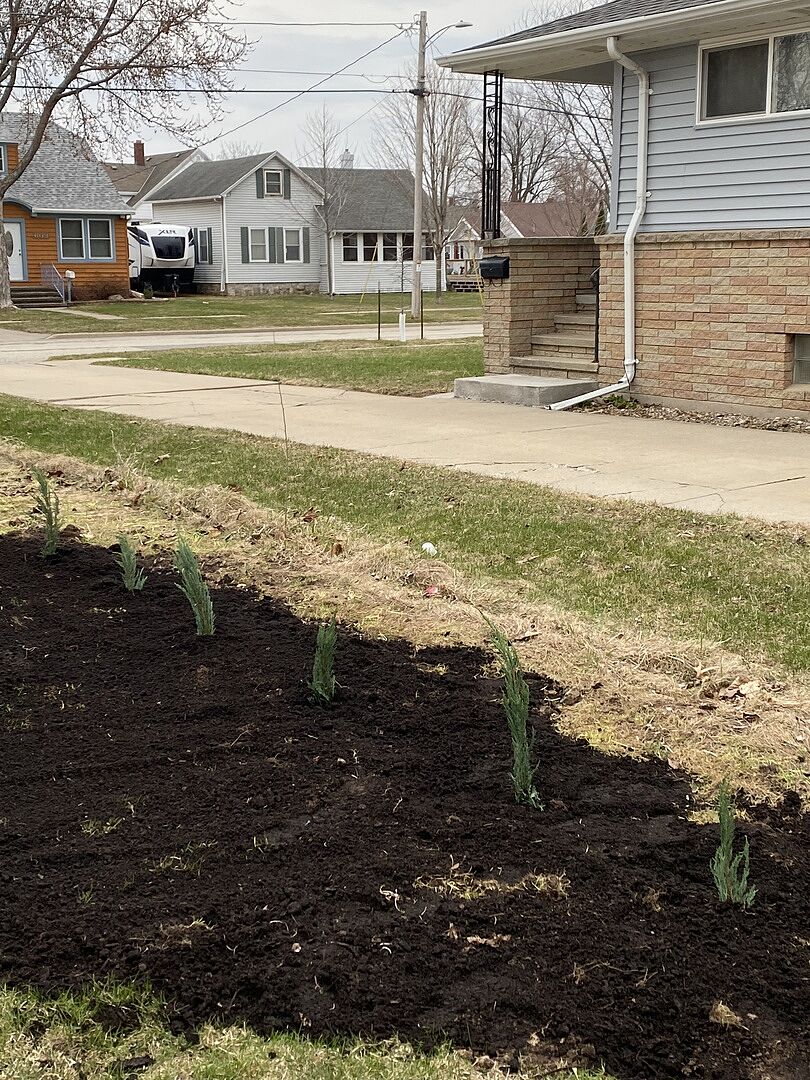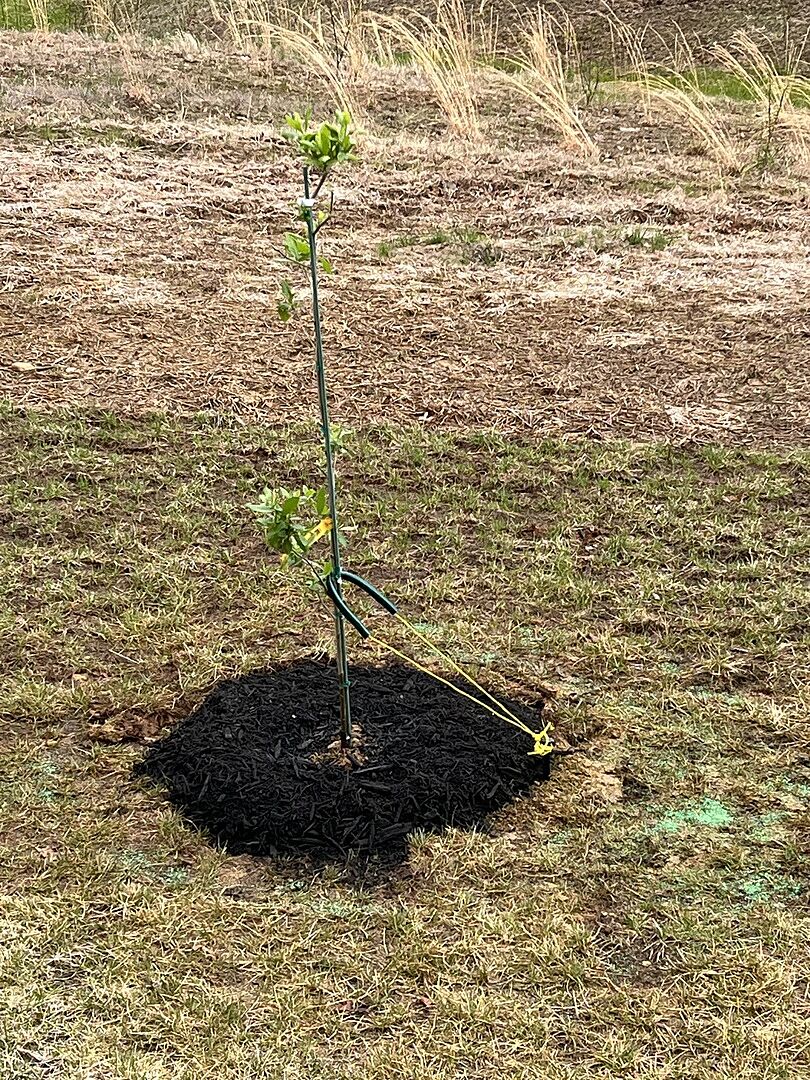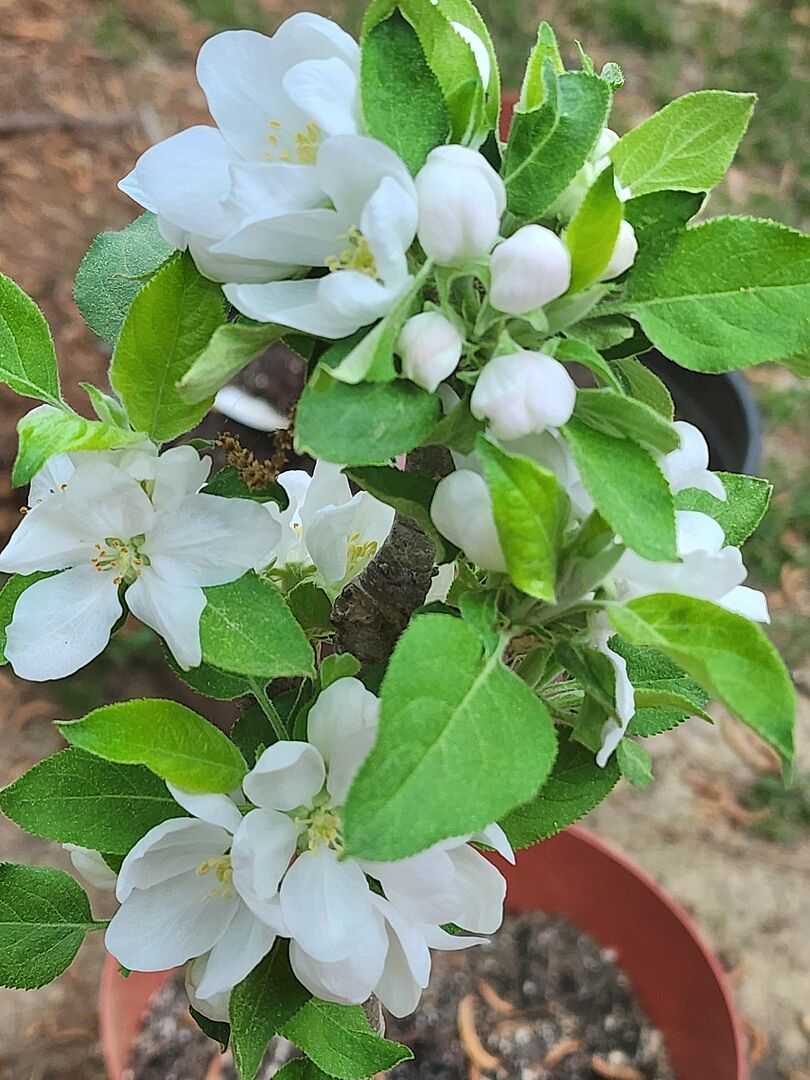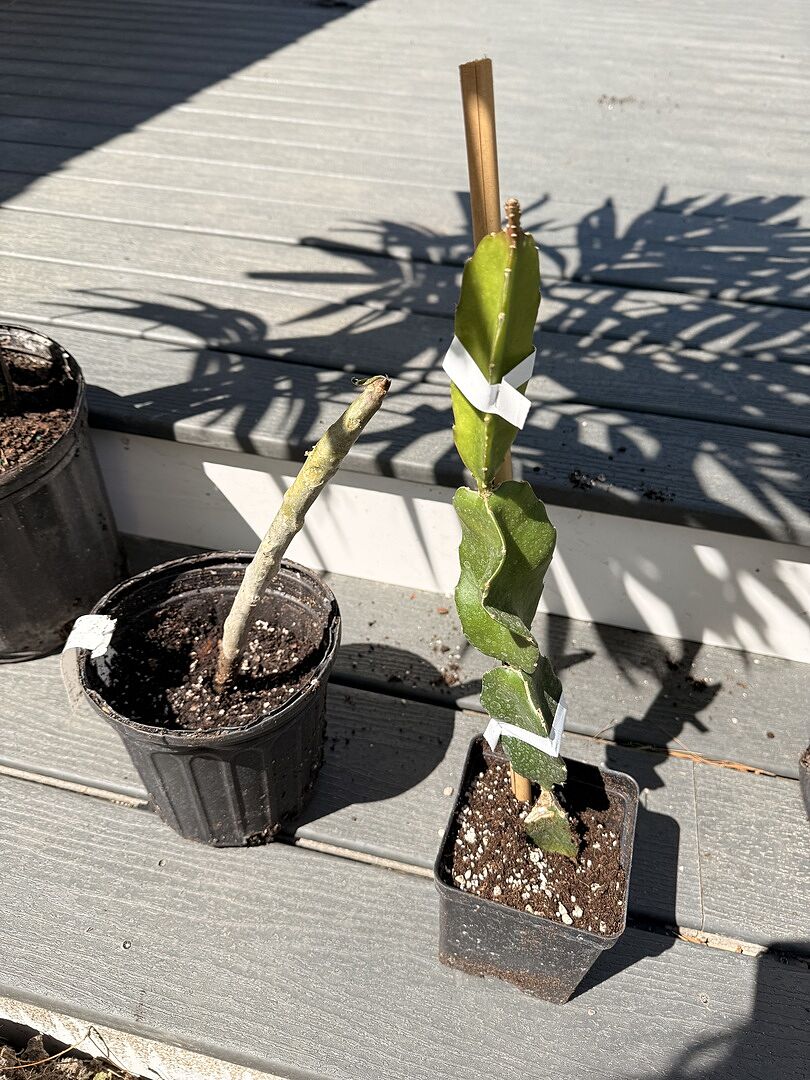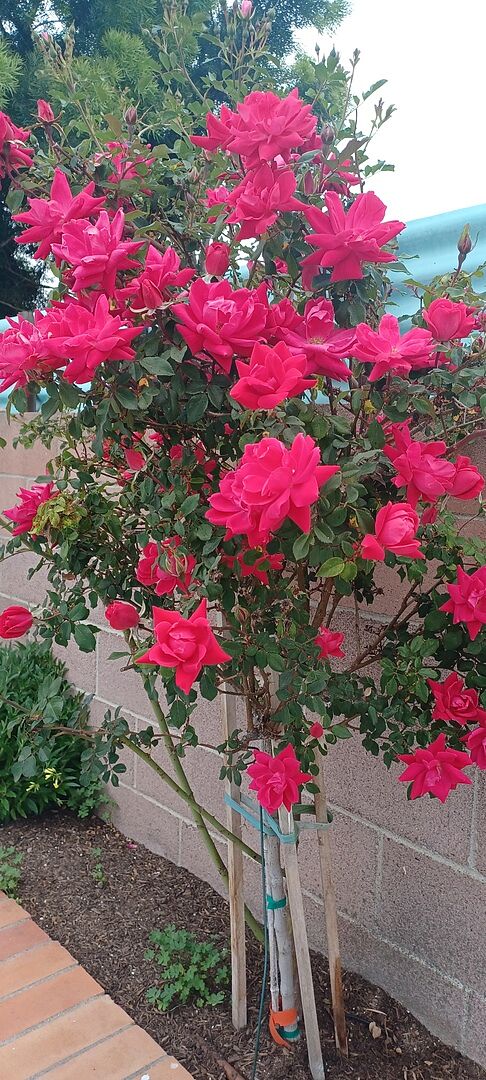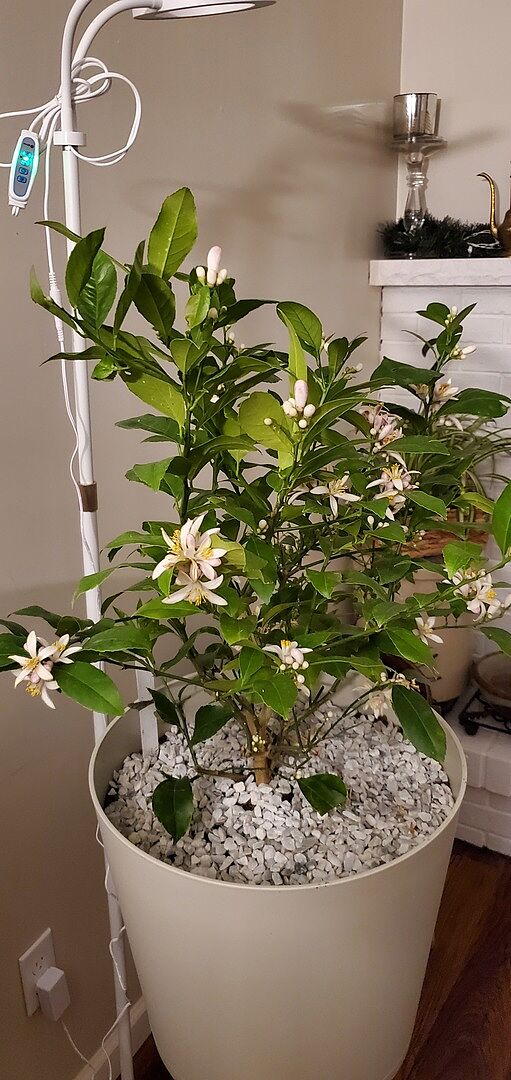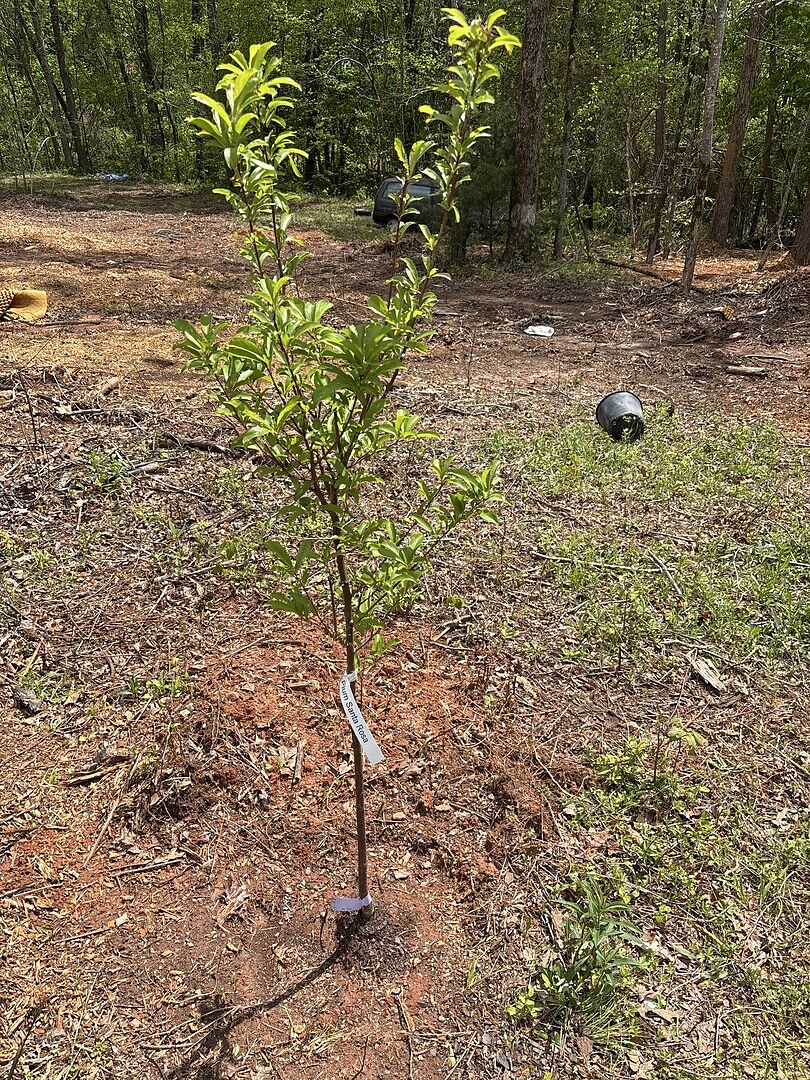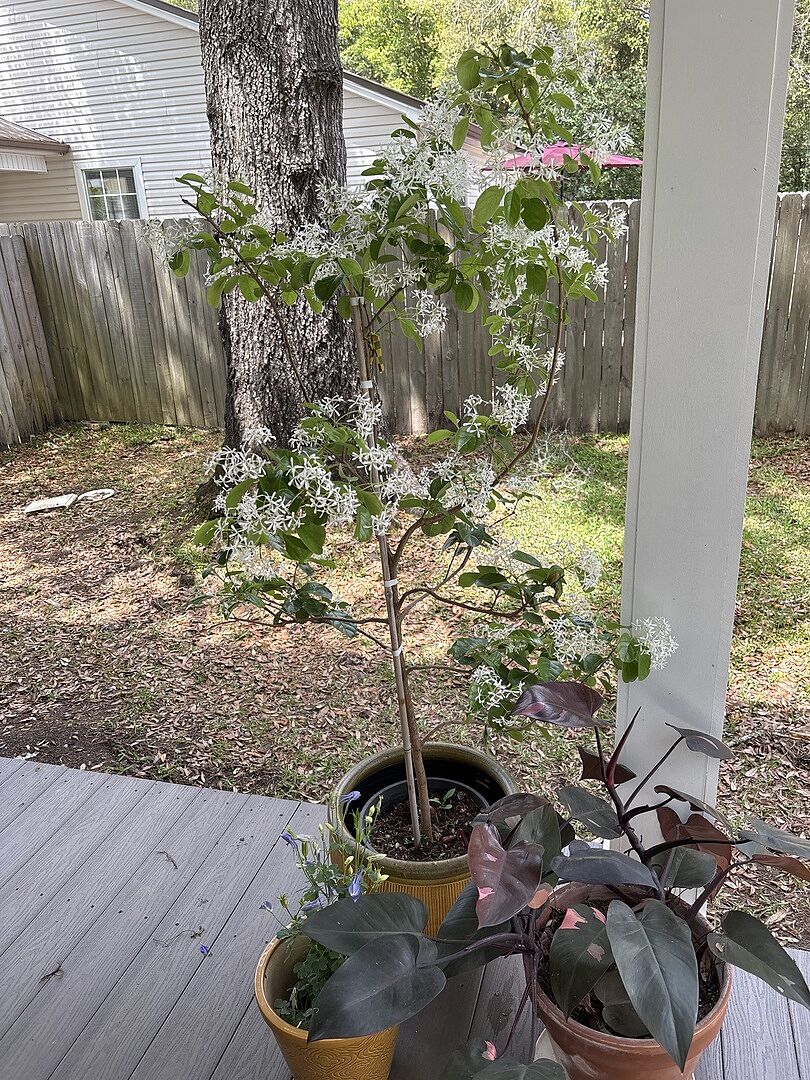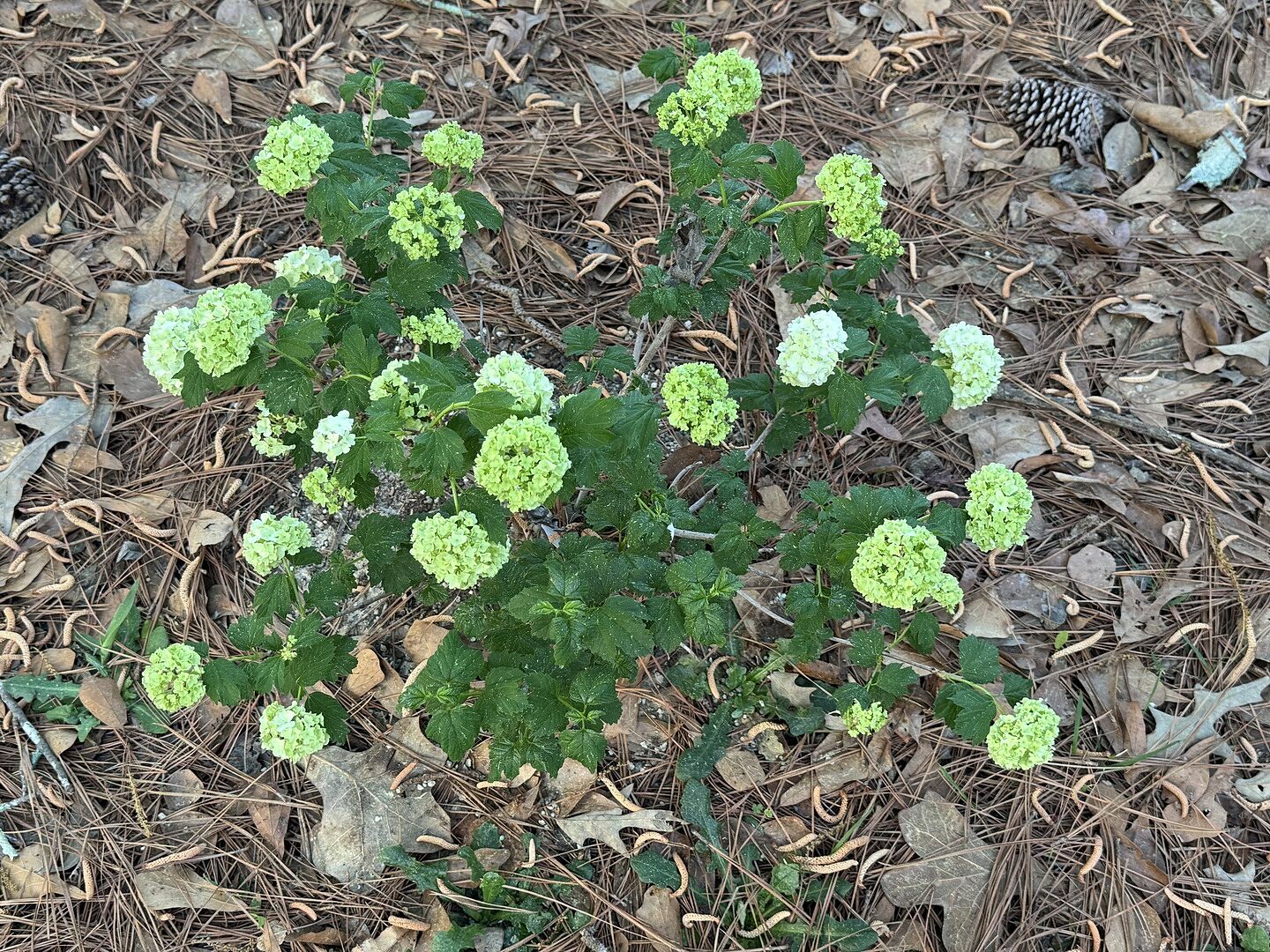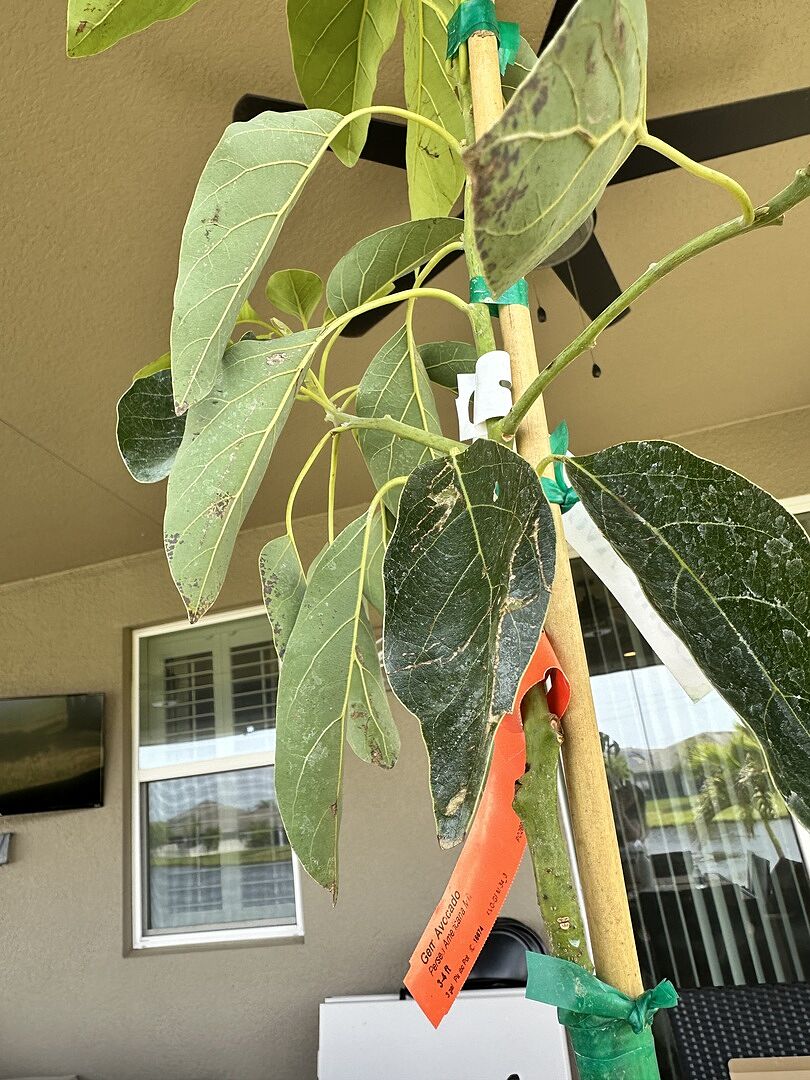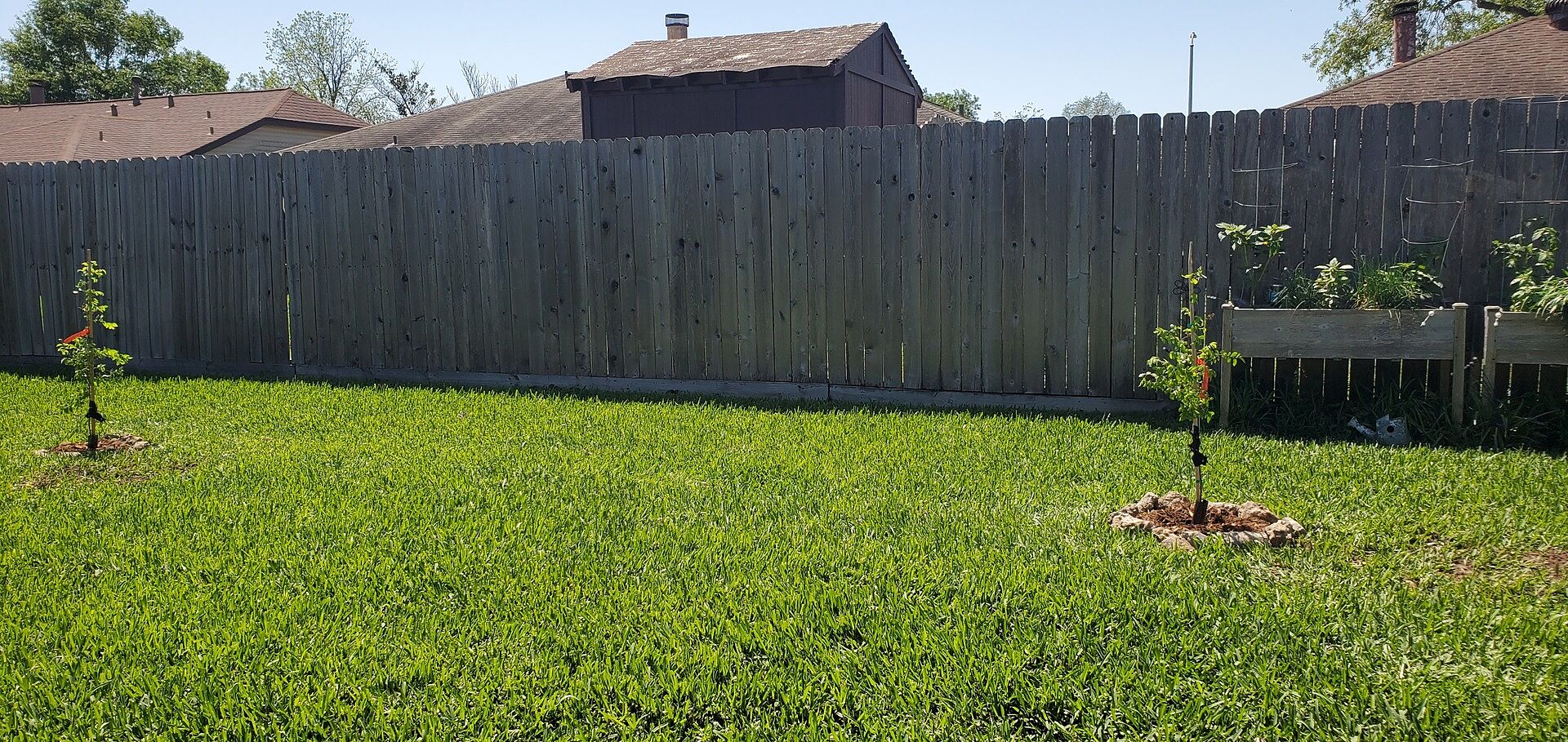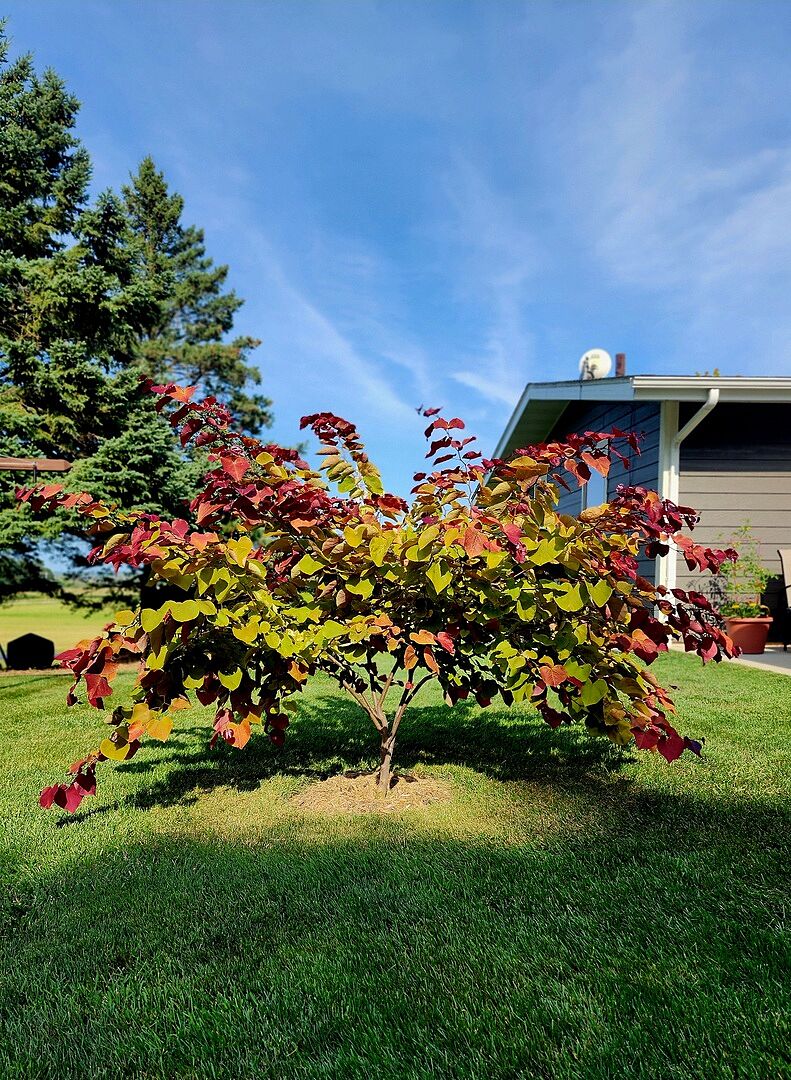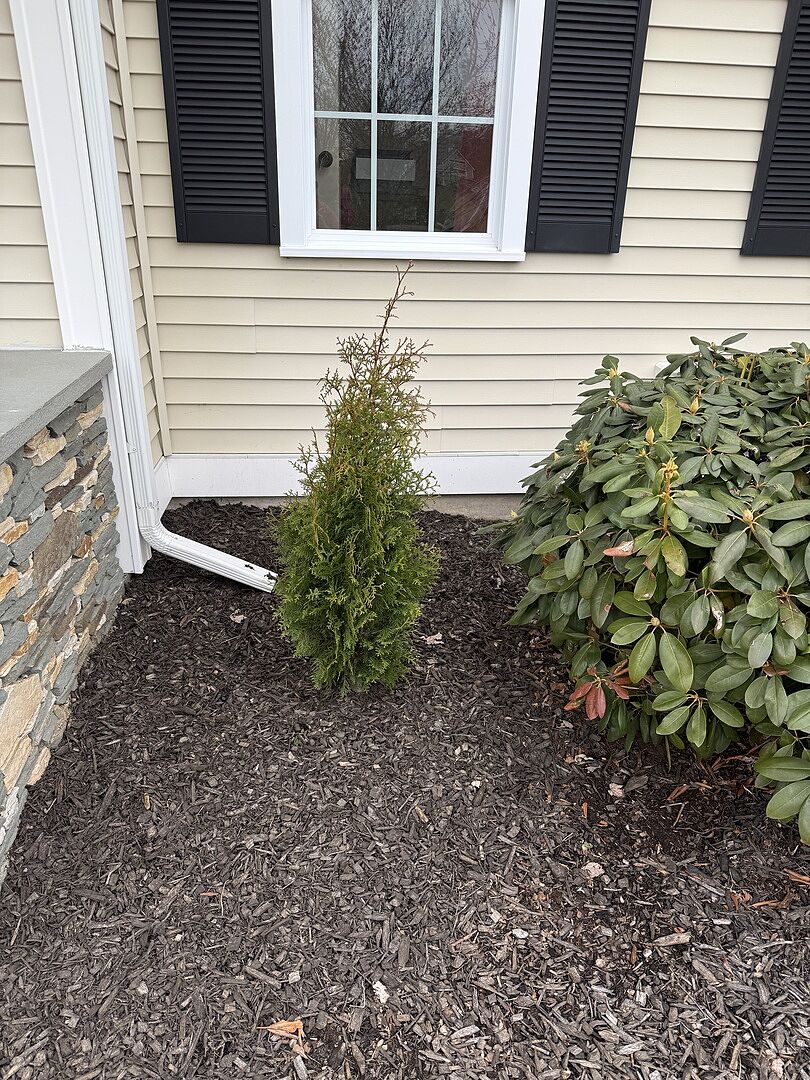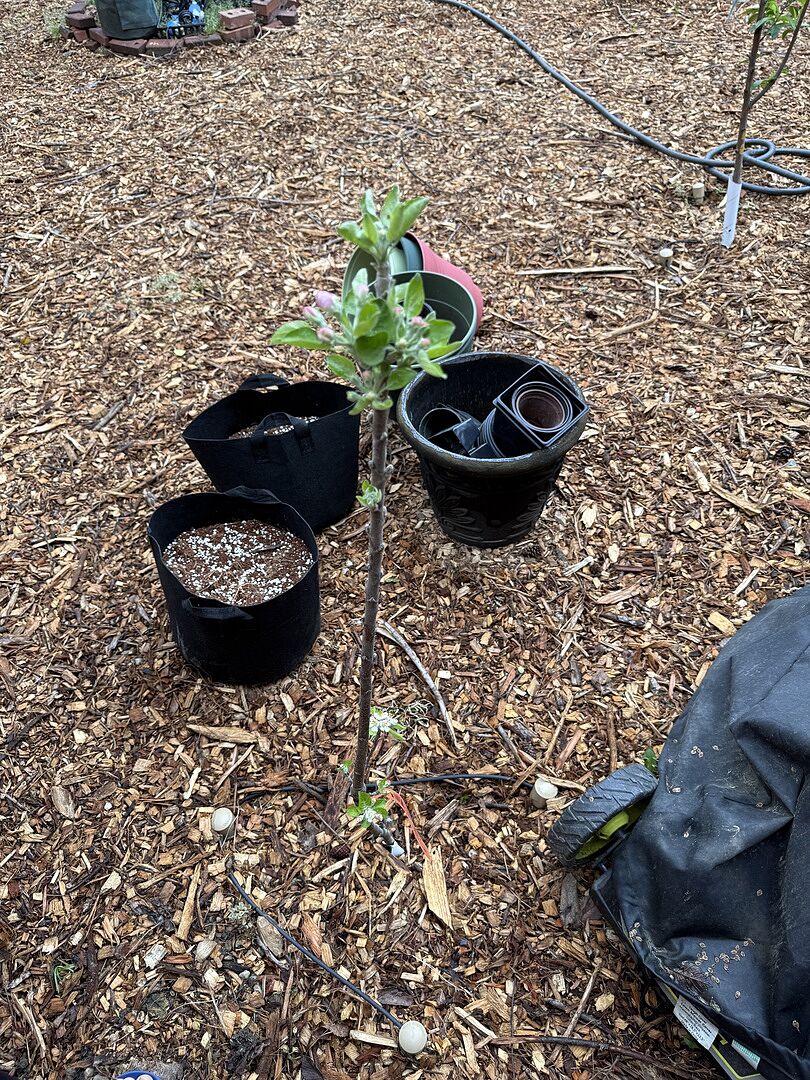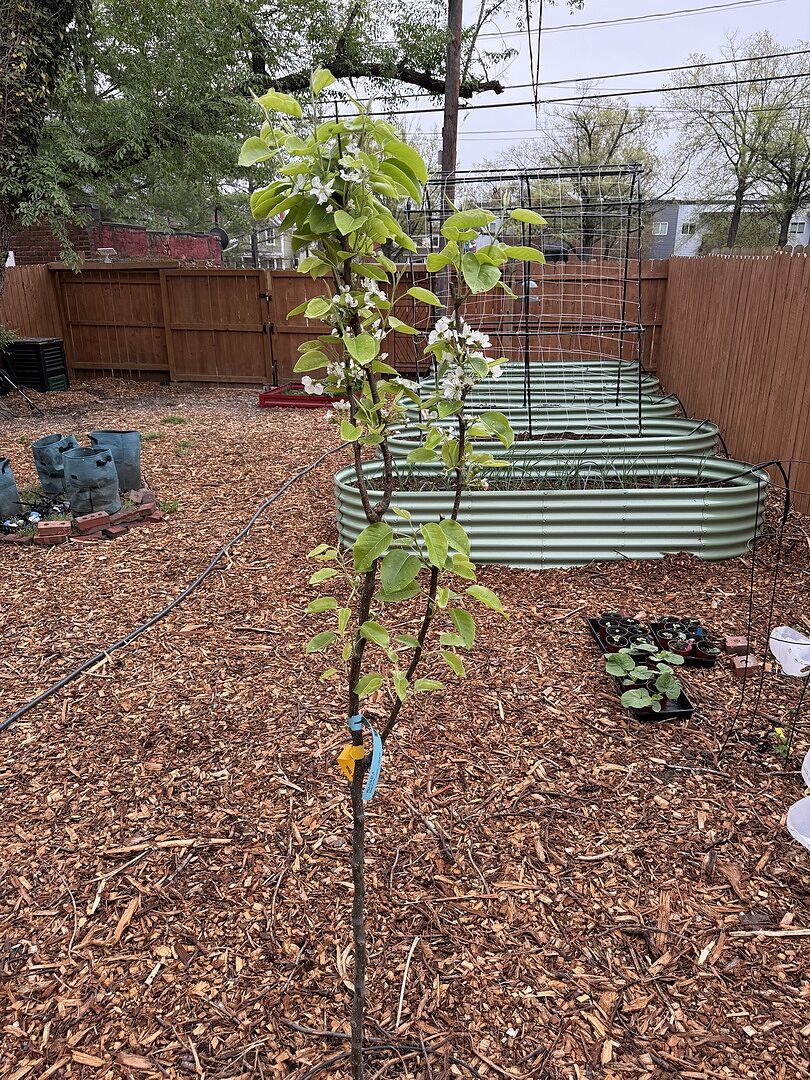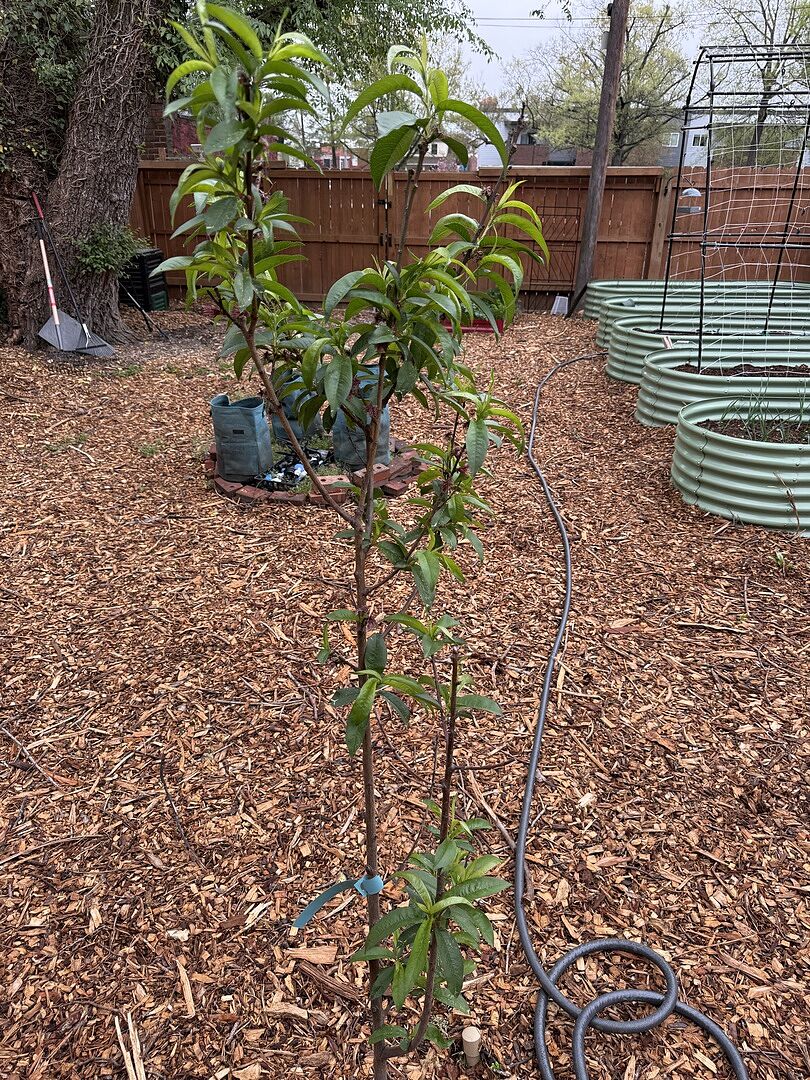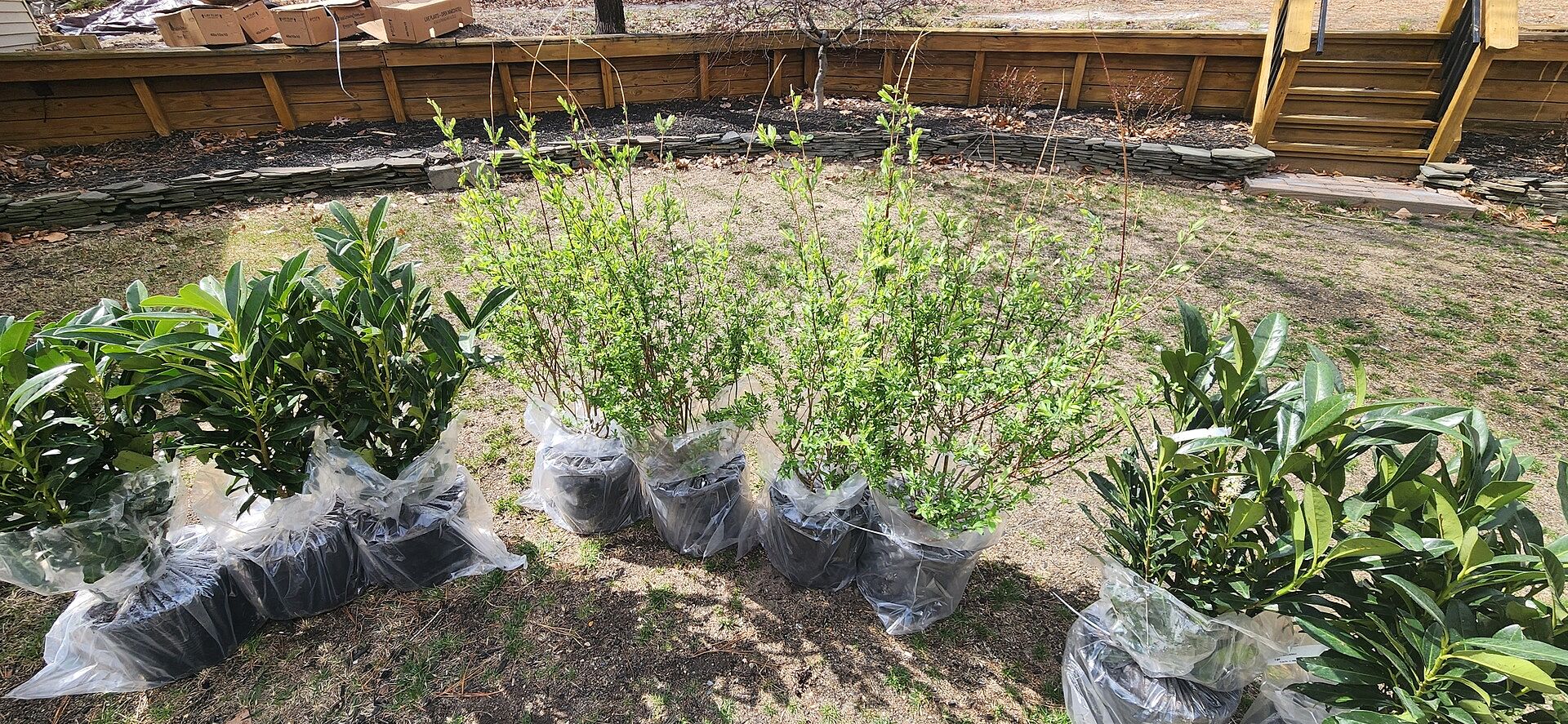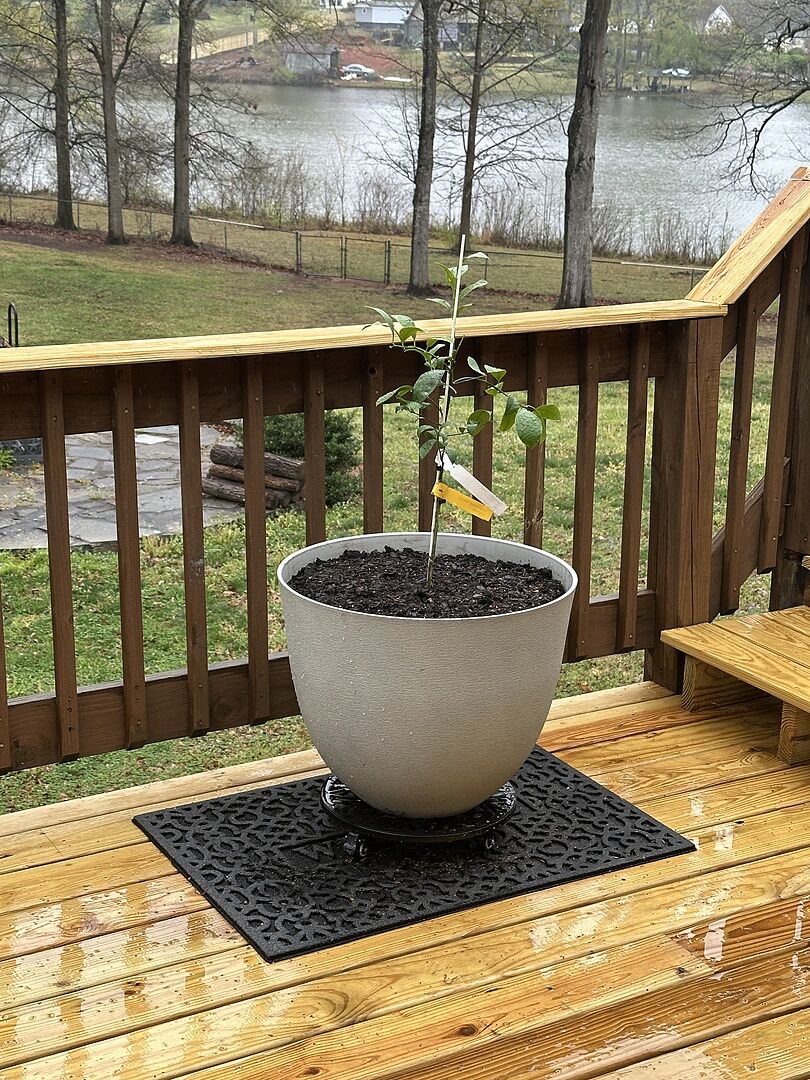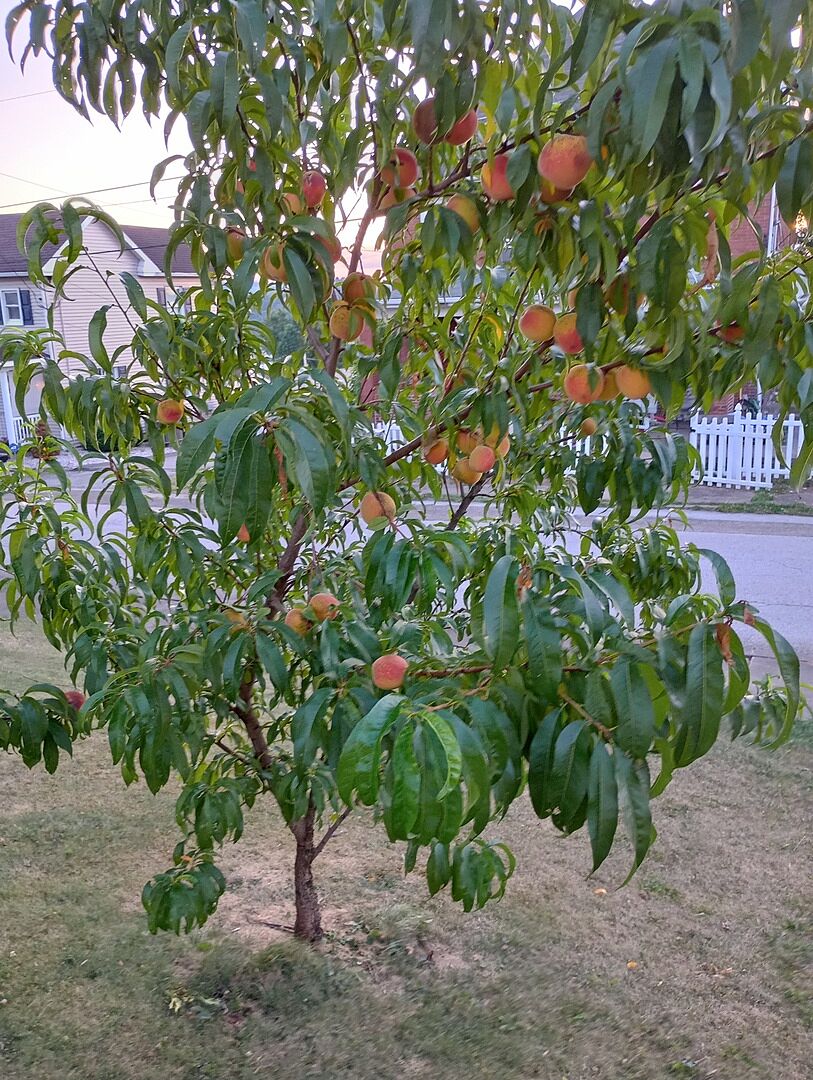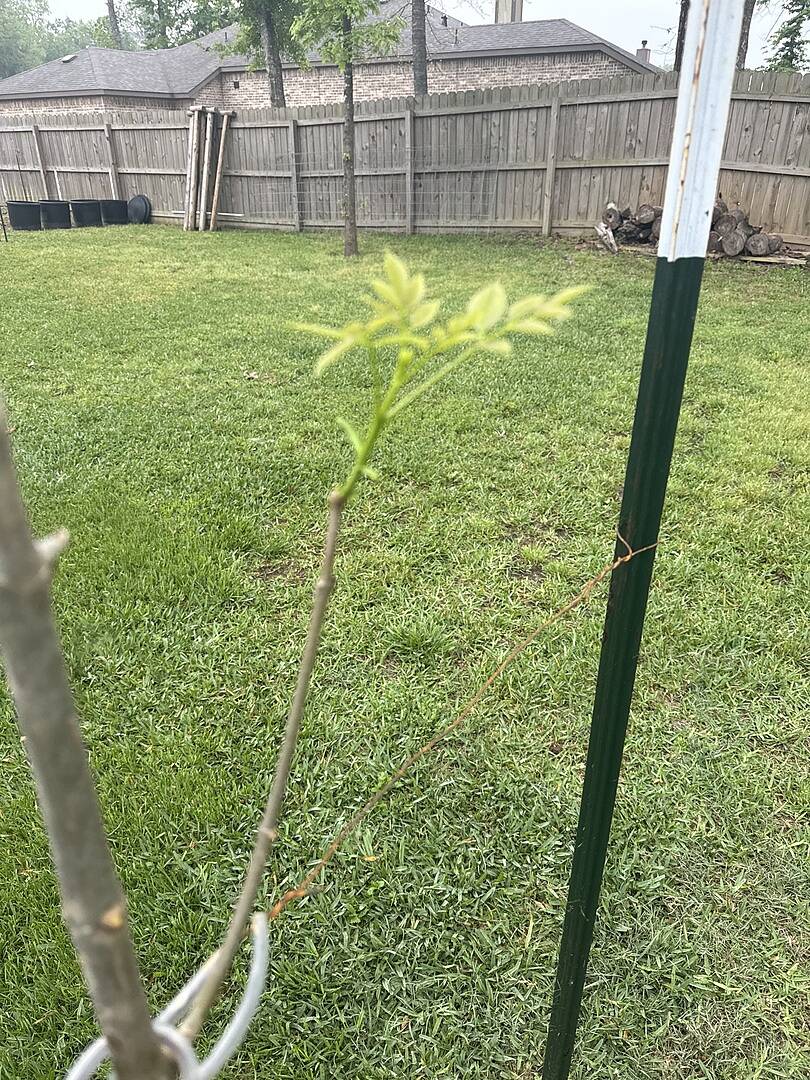Garden Design: Easy Plant Pairings and Layering

Last updated: Jun 06 2019

So, garden design, planning, and knowing exactly how to style your landscape can be daunting. You may have areas with excessive sun, shade, water or finicky soil types. But when you start with easy plant pairings and layering, it's super effortless.
Especially because we have top recommendations and tips to guide you through the entire process.
How to Design a Garden
First, spring or fall are the best times to plant. You can technically plant any time of the year, but the milder temperatures of both seasons make it a lot easier to layer and scope out the most ideal areas in your garden.
And it's important to know which type of garden you want. We recommend working with the design of your home to start. Modern homes with clean lines are best complemented by a modern garden, while older, more traditional homes are suited to 'English' gardens.
Tropical
Venetian, island-inspired selections define the tropical garden. Ideally, lush greens with a few pops of warm, vibrant color are what you need when you're planting a tropical garden.
Modern
Contemporary, ranch-style or mid-century homes are ideal for Modern Gardens. With this style, you want to look for clean lines, sharp details and sleek shapes.

English Cottage
Vivid romance: Two words to describe the whimsical English garden, also known as a cottage garden. With these flouncy, lightweight plants, you get a more timeless, traditional look, well-suited to older homes with more ornate exteriors.
Foundation Plants
If you're not sure where to start, select a few Foundation Plants. These are the basics that will provide the framework for your entire garden. And though color and tons of blooms are amazing, the best Foundation Plants will be those that are simple and uncomplicated. Look for greenery, preferably foliage that's evergreen, in a clean, strong silhouette.
Because one of the tenets of great garden design is four seasons of interest, evergreens make it easy. You won't have to worry about your plants dying back.
1. Wintergreen Boxwood
Flank your driveway, walkway border or property line with a row of Wintergreen Boxwoods. With these, you get an elegant, structured look without much effort or cost. Wintergreens are also great for plant bed backdrops. Wintergreens pair perfectly with perennial flowers and roses for a quintessential English garden look, and if yard space is limited, they're ideal for tight spaces.
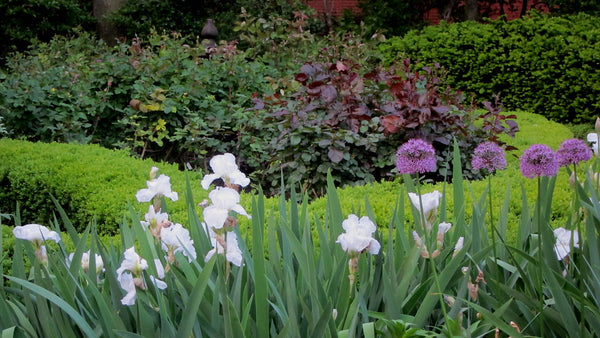
2. Thuja Green Giant
The best part about Thuja? Blocking neighbors while taking very little yard space. But the other huge perk is that Thuja Green Giants grow in a uniform shape and height. So, you get that classic French Renaissance look without having to prune or shear, and you get a strong framework with which to plan your garden. Use Thujas for property borders and green fencing - flowering shrubs and bushes in front of Thujas is perfect for a complete, layered look.
FGT Tip: Select the 10-pack of Thujas for a ready-to-go look and easiest planting process. You can knock out your foundation planting with one easy package.
3. Lemon Grass
It may not be what you expect for greenery or a backdrop, but hear us out: Lemon Grass offers easy planting, aroma and greenery for a polished palette. And though it's a perennial, you get multiple months of visual interest and the perfect something for filling in bare spots. Plus, it adapts well to finicky areas and low spots in your garden.
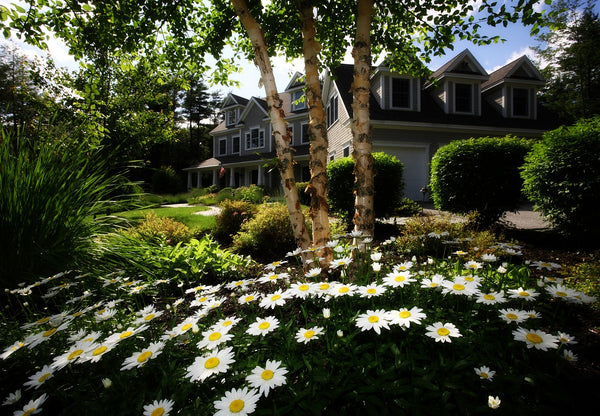
So, these top three foundational plants are a great start, but if you're looking for accessory plants and complementary, colorful pieces, check out our collection of shrubs and hedges...you'll be well on your way to a complete, upgraded look for curb appeal and beyond!

Written by
Blair Brown
Blair is the Content Marketing Manager at FastGrowingTrees.com, and though she's not your traditional gardener, the planting world is definitely growing on her (pun intended!). She's enjoyed digging into plant care and maintenance and growing her plant collection, especially with exotic indoor varieties.









